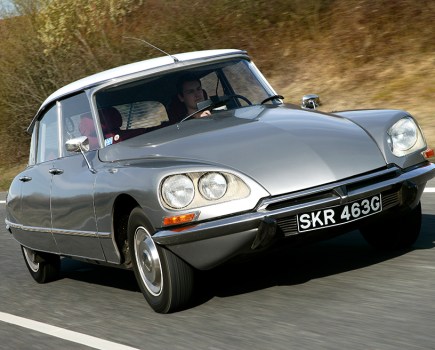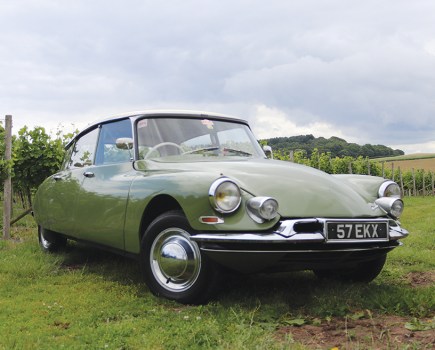As the future of Fisker the car maker looks uncertain, we look back on the career of Henrik Fisker the car industry legend
The lavish press packs issued at new car launches can often be more form than substance, especially when it comes to explaining the finer details of the styling when increasingly flowery language is used to describe what is often another Euro-standard hatch.
In the case of the Fisker Ocean though, the design includes a terrific standout feature: the ‘Doggie Window’, something which instantly marks it out as being designed for the real world.
The rest of the vehicle is similarly neatly designed and it promised to be a strong contender in the European EV market. Which makes it all the more shame that its maker appears to be shuffling towards insolvency, dramatically slashing costs and cutting prices. A rumoured cash injection from Nissan has failed to materialise and things look bleak both for the company and its early customers.
Fisker the car maker may have had only a brief trajectory, but Fisker the man has a rather more impressive track record – at least, that is when he’s sticking to the styling rather than manufacturing game.
Perhaps most famous for styling the BMW Z8, Henrik Fisker is a car industry veteran with marques from Aston Martin to Tesla peppering the CV which he is no doubt currently dusting off.
It’s perhaps fitting that Fisker should have ended up as one of the new wave of EV entrepreneurs, since his first job after graduating from the Art College of Design in Switzerland was at BMW, where he was set to work on the E1 concept, the early ’90s vision of the electric-powered future which is regarded as the spiritual ancestor of the i3.
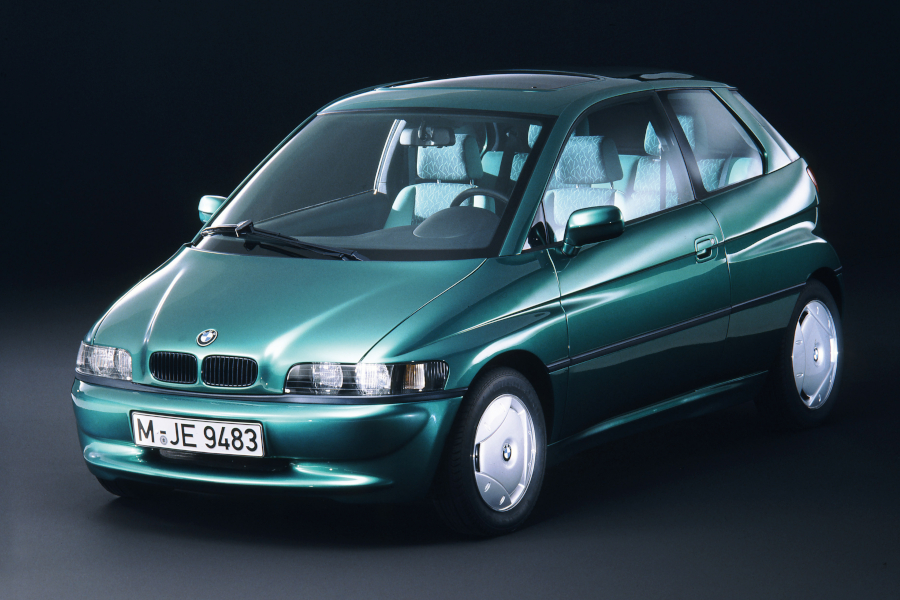
BMW E1 concept
The sole prototype may have perished in a charging fire but the concept was revised into a second generation and clearly Fisker’s talents impressed the BMW board since he was then responsible for styling the Z07 concept, which would evolve into the stunning Z8 production car, combining styling references to the classic 507 with the 400bhp of the contemporary E39 M5.
Perhaps more critical to BMW’s finances was the X5, which would prove to be massively significant not just for BMW but for the car market as a whole and Fisker was involved with its creation alongside the controversial Chris Bangle.

BMW X5
The success of the US-manufactured X5 saw BMW enlarging its international footprint and a new design office in California – Designworks – was established with Fisker at its head. In his own words, he was cruising around under the Californian sun in the exotic BMW Z8, which makes the next move seem slightly odd: in 2001, Fisker jumped ship to Ford Motor Company.
The move is best explained by the fact that Aston Martin was at that time a FoMoCo subsidiary and it was a chance meeting in the Jaguar pits at the Monaco Grand Prix which saw Wolfgang Reitzle – then president of Ford’s Premier Automotive Group – invite Fisker to take on the design chief job for the British brand. “Hey, Henrik, how would you like to design the next two Astons?” was how he recalled the conversation in a 2011 interview with Car & Driver, the cars in question being the DB9 and the V8 Vantage.
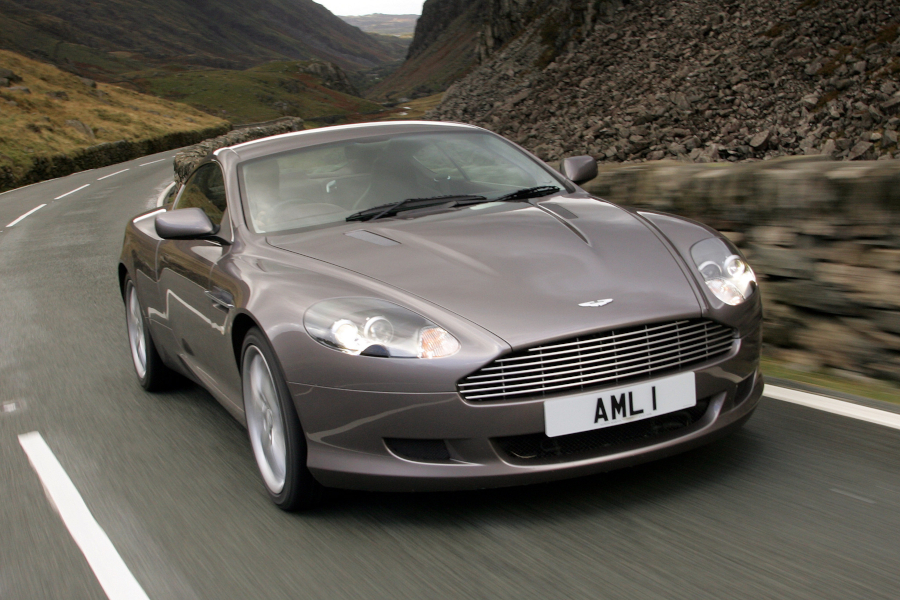
Aston Martin DB9
Clearly it was an offer too good to refuse and the DB9 remains one of our man’s signature styles – even if history has muddied the waters somewhat as to who was behind the finished product. In that same C&D interview, Fisker explained that although the DB9 was started by Ian Callum (later of Jaguar fame), it was Fisker who took it to production.
When it comes to the V8 Vantage however, he was clear that the iconic Aston existed only as a concept and the production car was his own work from sketches to sheet metal.

Aston Martin V8 Vantage
With the two Astons in production and the Rapide on the horizon, the corporate world was losing its appeal and a long-held dream to run his own car company was realised when he teamed up with Barney Koehler to create Fisker Coachbuild, the aim of the enterprise being the creation of high-end one-offs and bespoke vehicles.
Just a couple of years later however, Fisker Automotive was established when the pair discovered an abandoned US military stealth vehicle concept named the ‘Aggressor’ which featured a range-extender electric powertrain.
Shortly afterwards, the firm’s first car was unveiled as a concept at the Detroit show by the name Fisker Karma and was launched straight into the teeth of the worldwide financial panic.
Investors held steady though and with the help of a government economic stimulus grant the company managed to get the Karma into production in 2011, the sleek four-door GT bodywork covering a pair of 120kW/479Nm electric motors combined with a 2-litre Ford Ecotec turbo.
Production of the car hinted at Fisker’s mindset when it came to manufacturing, with the Karma assembled not in the company’s own facilities but put together under contract by Valmet in Finland, already known for its assembly of Saabs and Porsches.
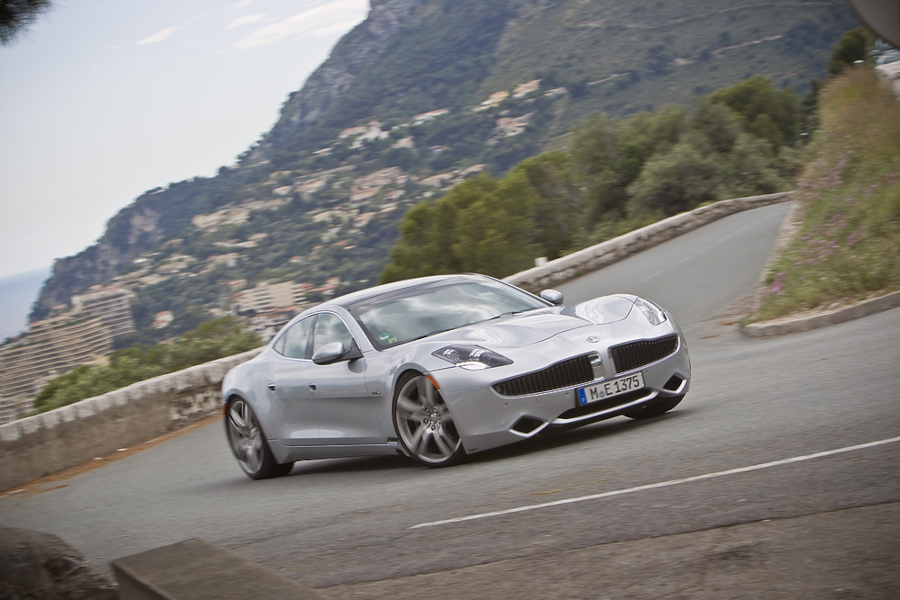
Fisker Karma
The Karma was on track to be a modest success, with 1800 units sold in the US and Europe until in late 2012 it was dealt a fatal blow when battery supplier A123 Systems filed for bankruptcy following a recall of defective battery packs supplied to Fisker and other customers.
The battery maker would ultimately survive in Chinese hands following bankruptcy but Fisker wasn’t quite so fortunate, having insufficient time to establish an alternative battery provider – remember, this was back in 2012.
The result was that production ground to a halt in November and a year later the company filed for bankruptcy. The assets passed into the hands of the same Chinese Wanxiang company which had acquired the battery maker and which restarted production in 2016 as Karma Automotive with the car itself renamed the Revero.
Pretty much a final setback you might think, but Henrik Fisker wasn’t done yet. After a couple of false starts in the world of design and coachbuilding, he revisited the dream of a car maker with his own name over the door and Fisker Inc was formed in 2016.
Henrik and wife Geeta Gupta invested a significant amount of their own wealth in their project, but once again the risk was mitigated by outsourcing the costly manufacturing side of the operation. This time the chosen partner was Magna, already building cars for BMW and JLR among others which took a 6% stake in the new company and was enlisted to assemble the first model in its Austrian facility.
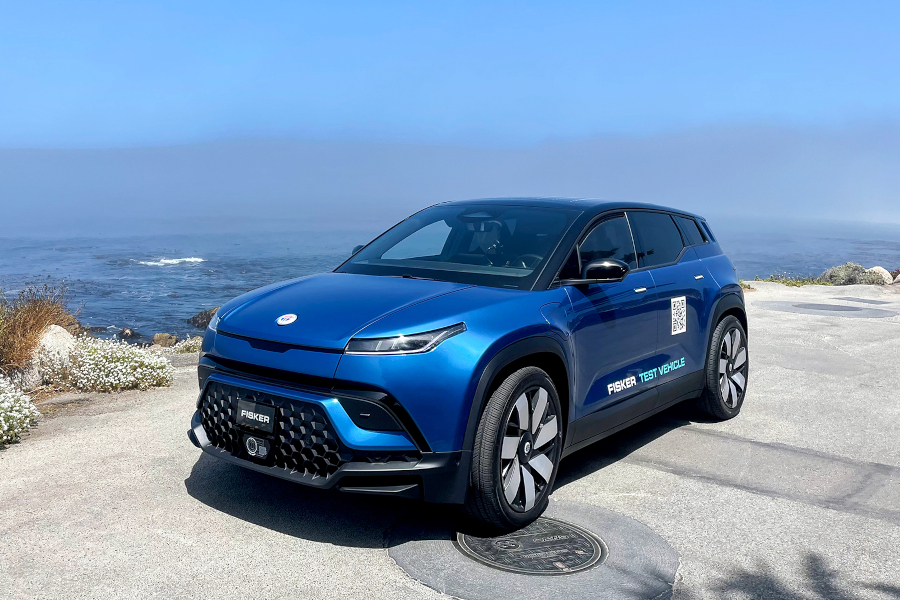
Fisker Ocean
That first product was the Ocean (above), a neatly styled mid-size SUV which undercut the popular Tesla Model Y by some $10,000 and offered specifications on a par with the competitors from established brands. A whole range was also on the drawing board, from the Fisker Pear affordable urban EV to the Ronin GT and even a pickup.
Sadly, although there’s a lot to like about the Ocean the car has been plagued by reports of patchy reliability alongside substandard customer service and on March 13 it was announced that the company had hired bankruptcy advisors, with the New York Stock Exchange suspending its shares on March 25.
A rumoured rescue deal involving an injection of cash from Nissan in return for collaboration on the Kayak pickup failed to materialise back in March, but at the beginning of May the company still claimed to be in talks with four separate car makers. Perhaps there’s hope yet for the ever-optimistic Mr Fisker.










